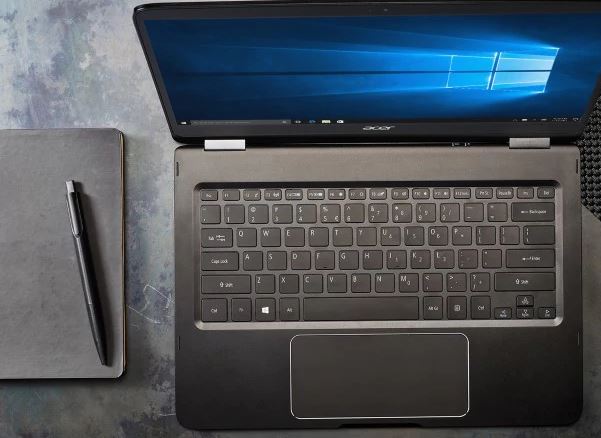Microsoft adds six more months of support for recent Windows 10 releases

As it did last year for Windows 10 1511, Microsoft is adding six additional months of support for its latest three Windows 10 updates (1607, 1703 and 1709).

Announcing the support extensions today, February 1, Microsoft officials noted these extensions apply only to the Enterprise and Education editions of the operating system. This extra six months of support won't be offered to users of other versions of Windows 10. That means Windows 10 Home, Pro, Mobile, and Mobile Enterprise must be on a reegularly supported release (currently, 1607, 1703 or 1709) to continue to get security and other updates.
Microsoft's policy has been to support new versions of Windows 10 -- the twice-yearly feature updates it calls "Semi Annual Channel" releases -- for 18 months. These extensions now bump that period to 24 months, again, only for Enterprise and Education customers.
Microsoft officials said these extensions are for those "who need a little extra time to implement Windows as a service" -- basically, the same reason they gave when announcing the support extensions for 1511.
Microsoft also firmed up today the end of support dates for its latest Windows 10 releases. Before today, Microsoft was providing "tentative" end of support dates for these updates. Now we have actual end of support dates, as indicated in this chart below:
Windows 10 1511 end of support was October 10, 2017, but Enterprise and Education users have until April 10, 2018 to continue to get patches and updates.
Windows 10 1607 -- which began rolling out in August 2016, now has an end-of support date of April 10, 2018 (plus the six month extension for Enterprise and Education until October 9, 2018). Windows 10 1703, which Microsoft began delivering in April 2017, will hit its end of support date on October 9, 2018 (with the extension for Enterprise/Education until April 9, 2019). And Windows 10 1709, which Microsoft began rolling out in October 2017, has an end of support date of April 9, 2018 and extension for Enterprise/Education until October 8, 2019.
(Before today, those end of support dates were listed on the Microsoft Support Lifecycle page as "tentatively March 2018" for Windows 10 1607; "tentatively September 2018" for Windows 10 1703; and "tentatively March 2019" for Windows 10 1709.)
Here's another new bit: Microsoft also will offer "additional paid servicing options" to Windows 10 Enterprise and Education customers only starting with Windows 10 1607. This means those customers could delay moving to a newer version of Windows 10 even longer -- for some non-publicly-specified price. Those who need/want this option should "contact your Microsoft account team," today's blog post says.
(Note: This kind of paid patching extension is not unprecedented. Microsoft did this with Windows XP and other products. With XP, buying more patching time didn't come cheap, but haggling paid off.)
Microsoft also announced today that the next Long Term Servicing Channel (LTSC) release of Windows 10 Enterprise will be the edition that ships in the fall of 2018 -- known for now as Windows 10 1809.
The LTSC release, formerly known as Long Term Servicing Branch, or LTSB, is meant for mission-critical systems that are not suited for regular updates. It comes wihout in-box apps, Microsoft Edge and Cortana. This LTSC release will be supported, as usual, for five years of mainstream support and five years of extended support.